Gyozas – Japanese dumplings (EASY & Juicy!)
This post may contain affiliate links. Please read my disclosure policy for details.
Homemade gyozas are Japanese dumplings steamed then pan-fried for a golden brown crunchy base and a juicy filling made of pork and Chinese cabbage.

Why buy gyozas when you can make them at home? Ok, indeed that would be quicker! However, once you start making homemade gyozas, you will never buy them again, trust me!
There is no comparison in terms of taste and quality. Moreover, making a bunch of it at once will have your next gyoza cravings satisfied for quite a few meals since you can easily freeze them.
Personally, I like to make my own gyoza wrappers. This is so simple, just a few ingredients are needed. The only downside is that it can be time-consuming. So if you don’t have 2 spare hours to dedicate, you can easily find all-made wrappers in your Asian grocery store.
What is a gyoza?
Gyozas are traditional Japanese pan-fried dumplings stuffed with minced pork and cabbage. The Japanese word gyoza is actually derived from Chinese where it is called “jiaozi”. In English, you will hear a lot of “potsticker” as a direct translation.
These dumplings have a golden brown crunchy base and a moist and juicy filling. The usual technique to obtain this double texture is to add some water to the pan and steam the dumpling before frying its base.
You can enjoy them as a side dish or as a starter. They are normally served with some dipping sauce made from rice vinegar and soy sauce. For an extra kick and for spicy food lovers, add some chili oil! 🙂
How to prepare gyozas?
- Shred the cabbage. Boil some water in a pot, and cook the cabbage for about 2-3min. Drain the water and squeeze the cabbage to remove excess water.



- Chop the green onions and the cabbage.


- Mince the garlic and the ginger.


- In a big bowl, mix together pork, green onions, ginger, garlic, cabbage, cornstarch, sesame oil, soy sauce, salt and pepper.


- Add the meat mixture to each gyoza wrapper. Make sure to add enough so that the wrappers are chubby and not half empty but don’t overfill it either or you won’t be able to seal it properly. Dip your finger in water and wet the wrapper all around the edge so that it sticks more easily. Close the wrapper by making some small folds (check my video to visualize the process). Seal the edge by pressing it in between your fingers.




- Make the dipping sauce by mixing all sauce ingredients together. Chilli oil is optional but I love a kick of spiciness anywhere I can add it 🙂

- Grease a pan with enough oil so the gyozas won’t stick, place the gyozas in and add some water (about 0.5cm high). Turn the heat on medium to high and cover the pan (partly – leave 1cm some space uncovered for the water to evaporate).


- Leave them to steam for about 7-8 min or until cooked.
- Once all the water has evaporated, you will hear some sizzling noise, add some cooking oil to coat the pan surface around the gyozas. Let them fry (without lid) on medium to high heat for about 5 minutes (depending on your type of stove) or until the bottom of the gyozas becomes golden brown.
- Serve with the dipping sauce.



More Japanese-inspired recipes? Check these!
- Salmon Fried Rice
- Teriyaki Salmon Bowl
- Matcha Dorayaki with White Chocolate
- Matcha Ice Cream
- Spicy Tuna Yaki Onigiri
RECIPES IN YOUR INBOX? Don’t forget to subscribe to my newsletter to receive the latest recipe updates delivered for free directly to your inbox! Oh, and you will also find me on Youtube, Instagram, Facebook and TikTok. Come say hi and leave me a message, it is always a pleasure to connect with all of you!
Thanks so much for stopping by! xx

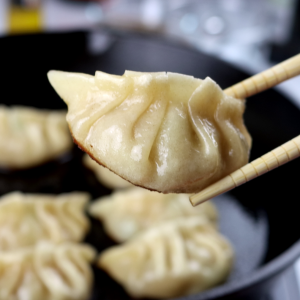
Pork Gyozas
Ingredients
For +- 42 gyozas
- 250 g minced pork
- 200 g Chinese cabbage, shredded
- 2 cloves garlic, minced
- 5 green onions, chopped
- 15 g ginger
- 1 tbsp corn starch
- 1 tbsp sesame oil
- 1 tbsp soy sauce
- salt and pepper
- cooking oil
- 42 gyoza wrappers | store-bought or homemade
For dipping sauce:
- 2 tbsp soy sauce
- 2 tbsp rice vinegar
- ¼ tsp chili oil | optional
- ½ tsp sesame seeds | optional
Instructions
- Shred the cabbage. Boil some water in a pot, ans cook the cabbage for about 2-3min. Drain the water and squeeze the cabbage to remove excess water.
- Chop the green onions and the cabbage.
- Mince the garlic and the ginger.
- In a big bowl, mix together the pork, green onions, ginger, garlic, cabbage, cornstarch, sesame oil, soy sauce, salt and pepper.
- Add the meat mixture in each gyoza wrapper. Dip your finger in water and wet the wrapper all around the edge so that it sticks more easily. Close the wrapper by making some small folds (watch my video for the exact process). Seal the edge by pressing it in between your fingers.
- Make the dipping sauce by mixing all sauce ingredients together.
- Grease a pan, place the gyozas in and add some water (about 0.5cm high). Turn the heat on medium to high and cover the pan (partly, leave some space uncovered for the water to evaporate).
- Leave them to steam for about 7-8 minutes or until cooked.
- Once all water has evaporated, you will hear some sizzling noise, add some cooking oil to coat the pan surface around the gyozas. Let them fry (without lid) on medium to high heat for about 5min or until the bottom of the gyozas becomes golden brown.
- Serve with the dipping sauce.

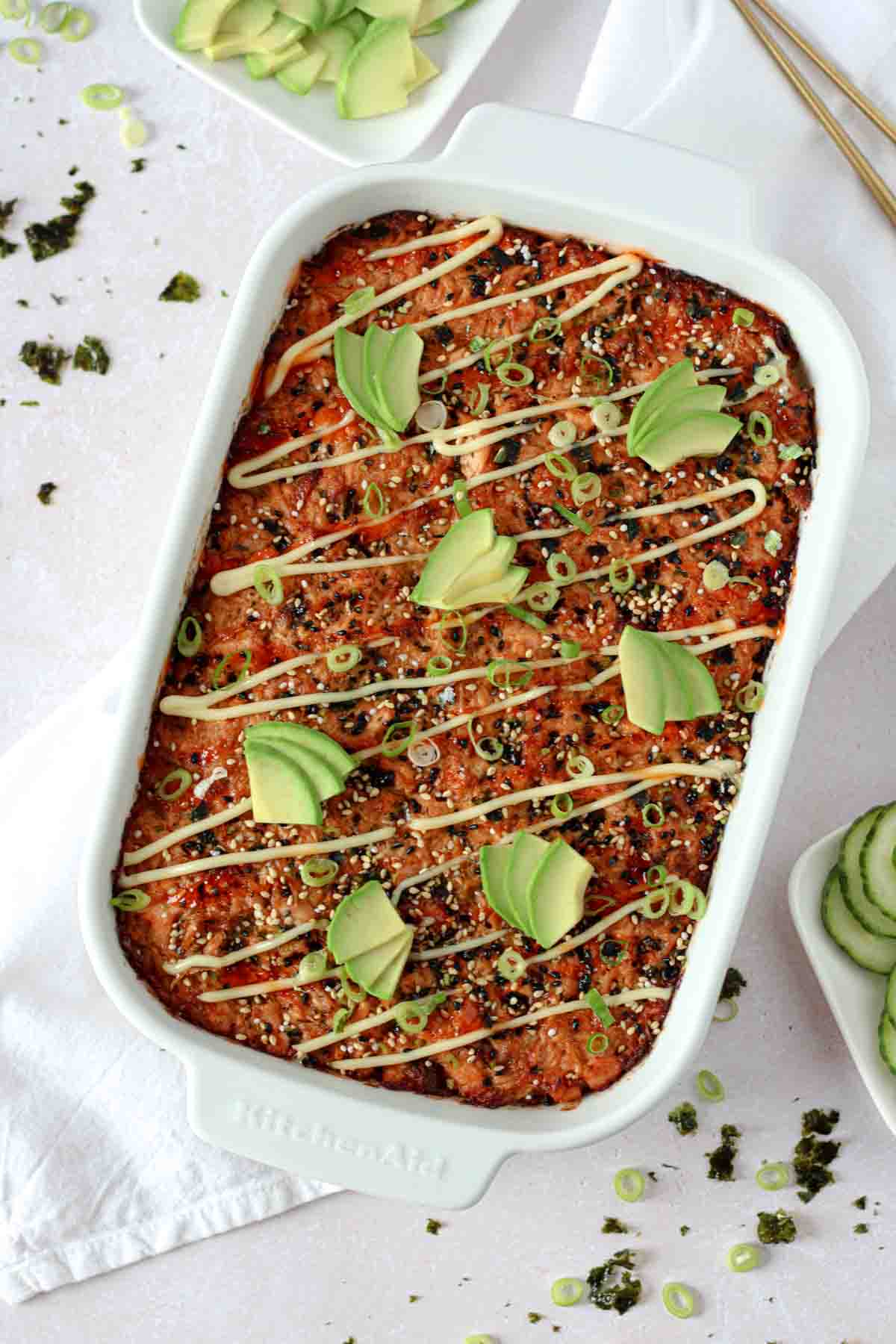
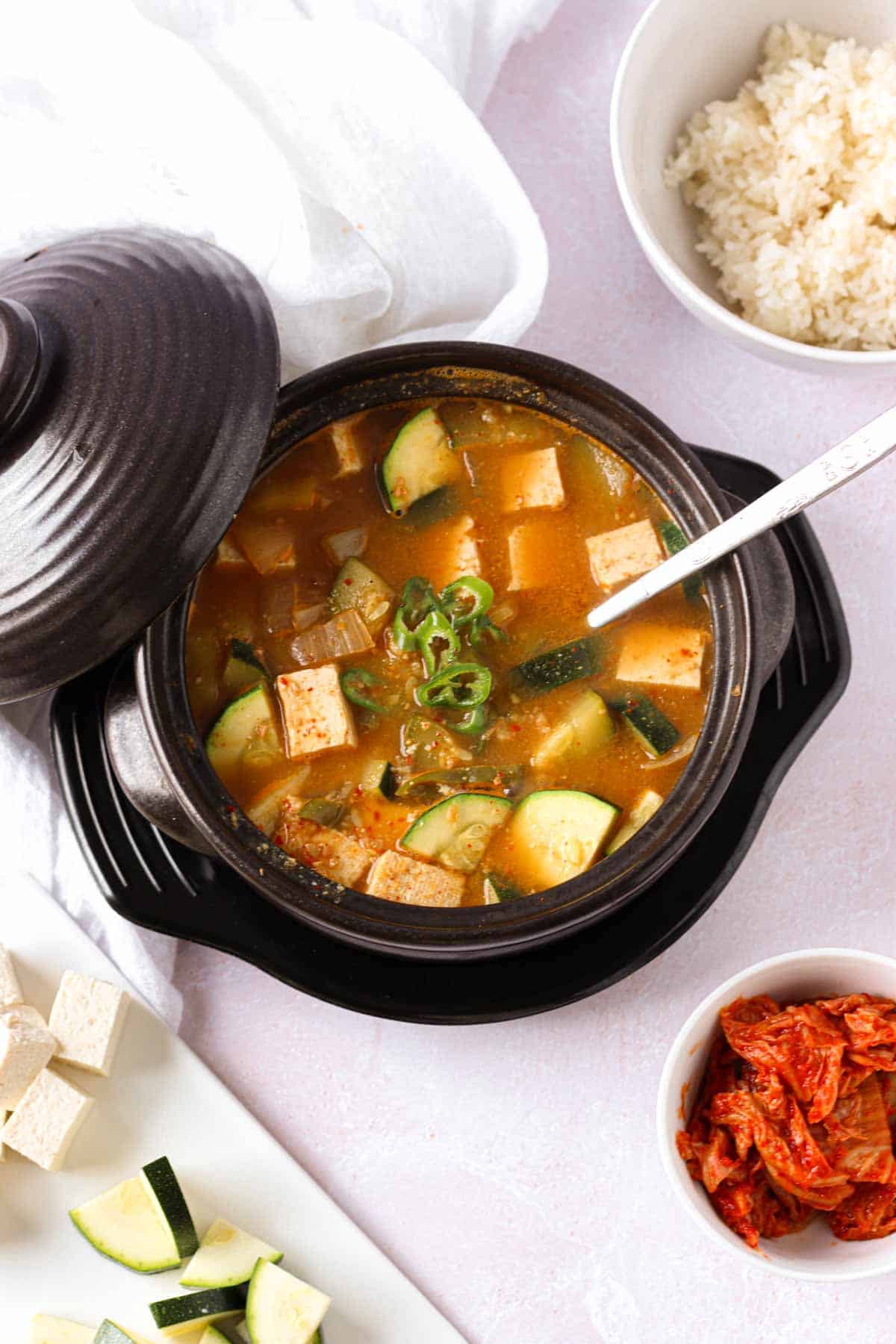

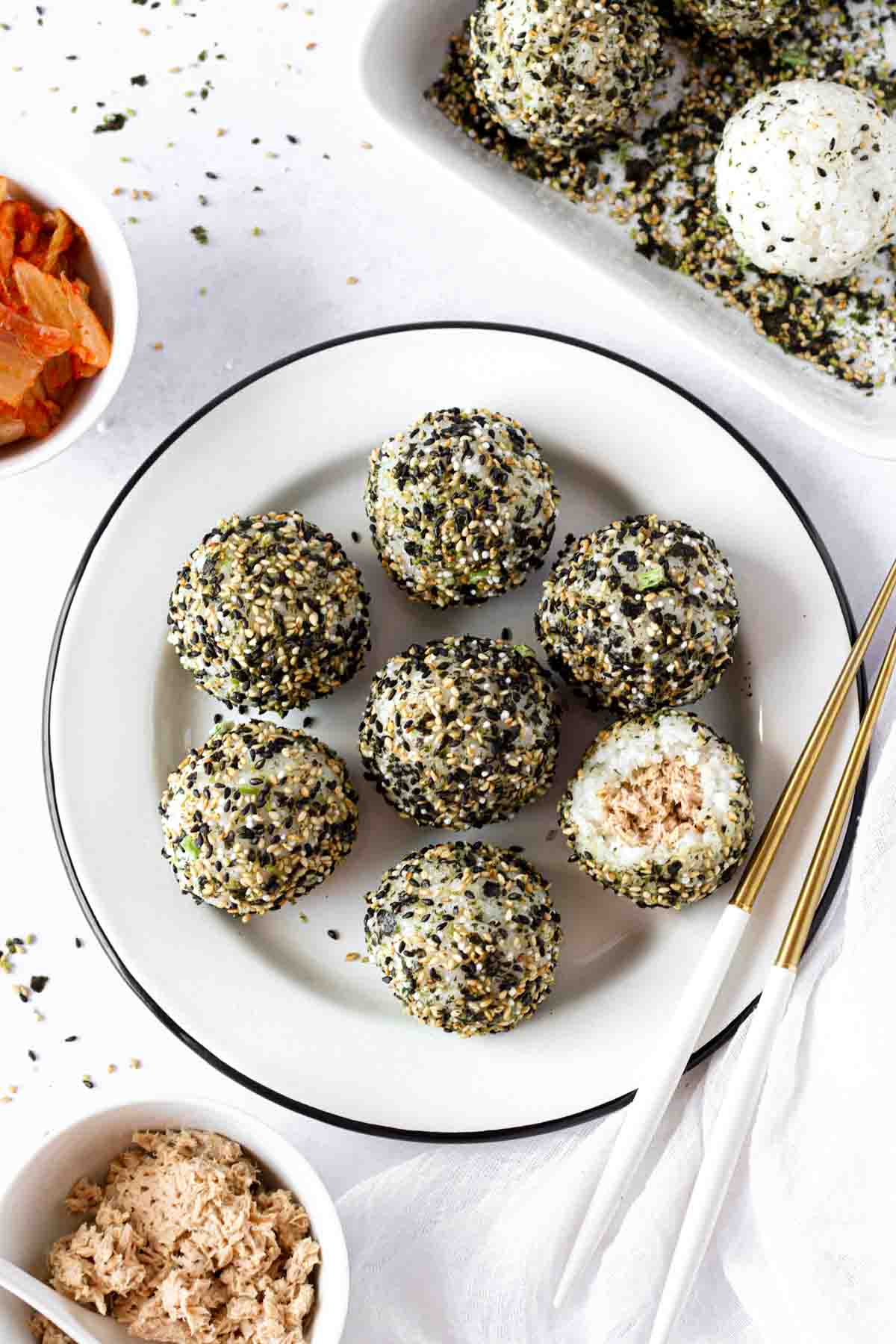
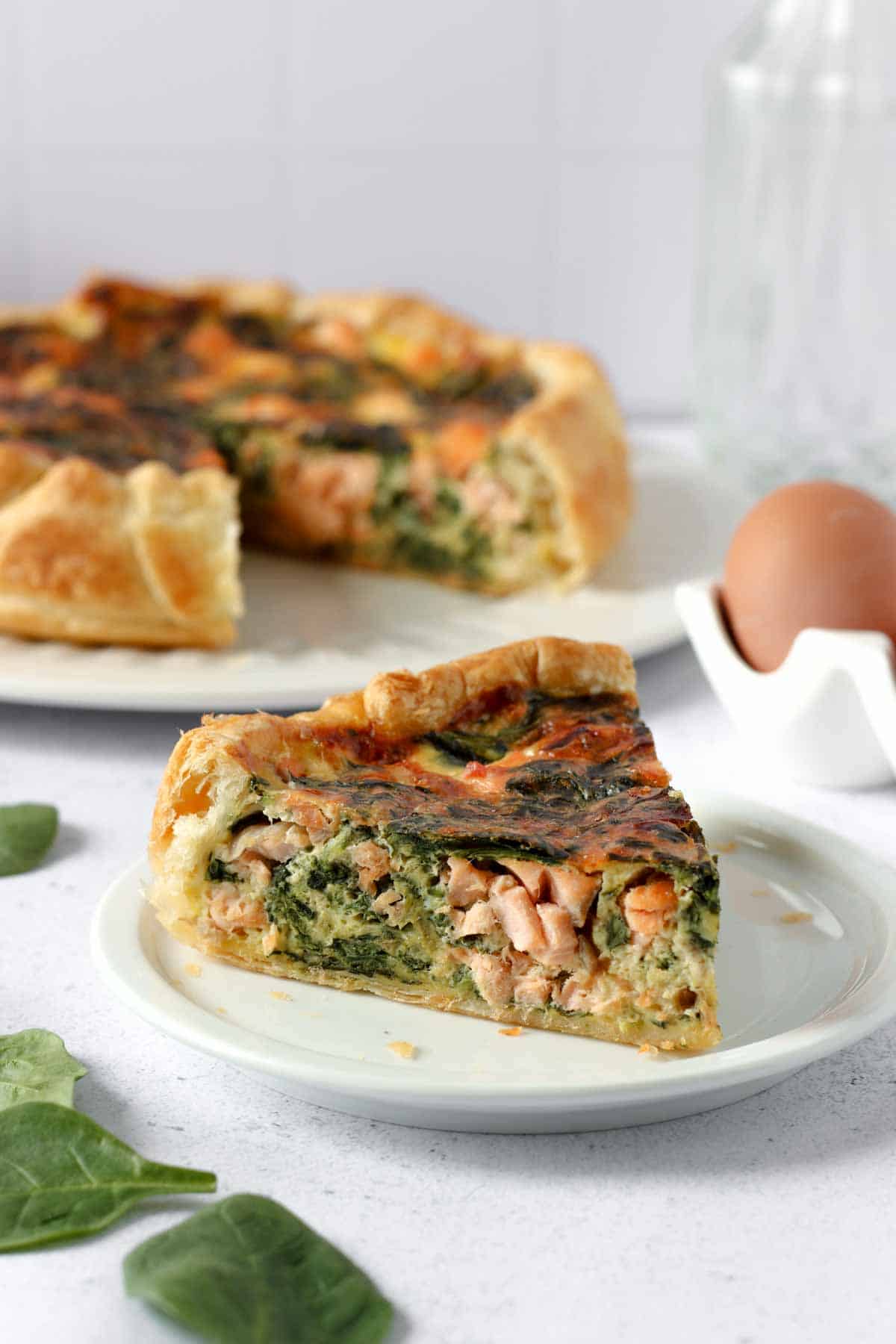

Great recipe! The yummiest dumpling filling I’ve found. I added about 1/2 tsp of sugar to balance out the saltiness but otherwise this was delicious!
Hi Miwa,
Thank you so much! I am so glad you enjoyed my gyoza recipe, dumplings definitely taste better homemade 🙂